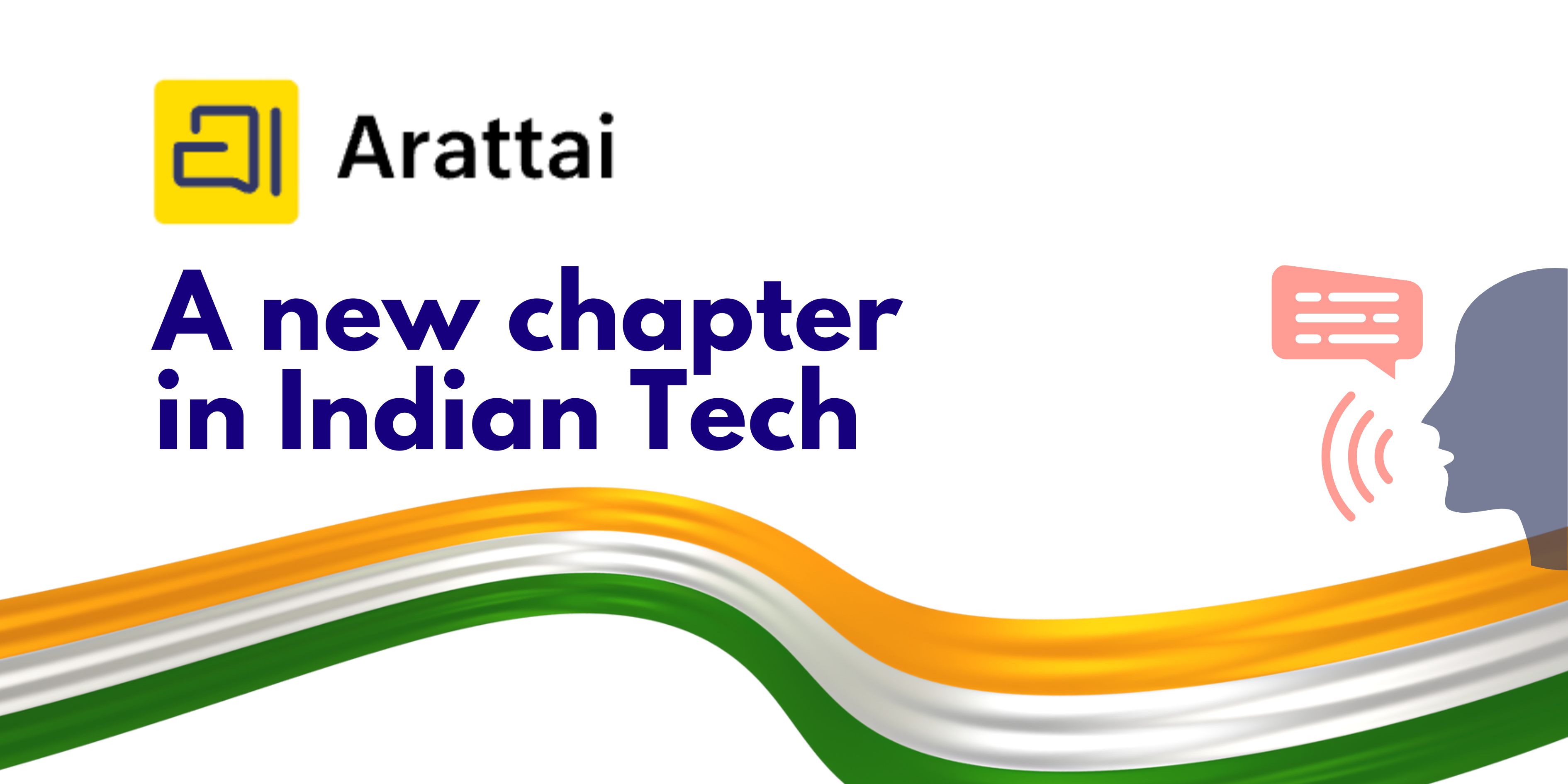
Introduction: A New Dawn in Indian Tech
In recent months, an Indian-made messaging app called Arattai has captured national attention.
For a country long dominated by global tech platforms, this surge is more than a headline — it marks a shift in how India imagines its own digital future.
Arattai, which means “chat” in Tamil, is a homegrown alternative to WhatsApp built by Zoho Corporation, a global software company with deep Indian roots.
Beyond being an app, Arattai symbolizes something larger — India’s growing confidence in building technology that serves its own people, in its own languages, and on its own terms.
The Story of Arattai: From Quiet Beginnings to National Spotlight
Arattai was quietly developed by Zoho’s engineering team as an internal communication tool.
But in 2021, as conversations about privacy and digital sovereignty grew louder, Zoho decided to make it public.
The app combines familiar features — text, voice notes, file sharing, and video calls — but is optimized for slower networks and older smartphones.
Its promise is simple: a secure, fast, and privacy-respecting chat experience built entirely in India.
Within weeks of its release, Arattai climbed to the top of India’s app charts, reaching the #1 spot on the App Store’s Social Networking category.
Its popularity revealed something powerful — that Indians are ready to trust and embrace local technology when it reflects their values.
The Vision Behind Zoho: Sridhar Vembu’s Journey
At the heart of Arattai’s story is Sridhar Vembu, the visionary founder of Zoho Corporation.
Born in Tamil Nadu, educated at IIT Madras and Princeton University, Vembu returned to India with a belief that world-class technology could and should be built from small towns — not just from Silicon Valley.
He chose to base Zoho’s operations partly in Tenkasi, a rural district in Tamil Nadu, creating a model where software engineers live and work close to their communities.
His approach redefines success — not by valuation alone, but by empowerment, decentralization, and local opportunity.
We’ll explore Sridhar Vembu’s inspiring journey and philosophy in a more detailed upcoming blog, where we look at how rural innovation and global technology can thrive together.
India’s Startup Momentum: The Season for Growth
The rise of Arattai fits into a larger picture — India’s tech ecosystem is thriving.
From small-town innovators to deep-tech ventures, startups are reimagining what “Made in India” truly means.
- Localized solutions: Platforms now solve real Indian problems — multilingual education, affordable healthcare, farm productivity, and financial inclusion.
- Investor confidence: Global and Indian investors are fueling startups that combine profit with purpose.
- Youth participation: A generation of skilled students and entrepreneurs is ready to build not copies of global products, but technologies that suit India’s scale and diversity.
The message is clear: India’s time as a producer of technology, not just a consumer, has arrived.
Why Arattai Matters as Technology for Good
Arattai is not simply an app — it’s a statement about what technology can be when designed with empathy and intention:
- Privacy-first: No data selling or intrusive ads.
- Accessible: Works on low-end devices and weak networks.
- Inclusive: Supports Indian languages and cultural nuances.
- Self-reliant: Built completely in India, reducing dependency on foreign data systems.
For students and young technologists, it’s proof that ethical, people-first innovation can be both practical and successful.
How Students Can Participate in India’s Tech Movement
- Learn the fundamentals: Coding, design thinking, and UI/UX are essential — but so are ethics and user empathy.
- Start small: Build mini-projects addressing everyday local challenges.
- Collaborate: Form tech clubs or maker teams that share open-source solutions.
- Think inclusively: Consider bandwidth limits, device diversity, and linguistic accessibility.
- Document and share: Publish your learning — blogs, code, tutorials — to inspire others
Reflection Questions for Students
- What kind of app would you build to solve a challenge in your town or campus?
- How can startups blend profit and purpose without compromising ethics?
- What can we learn from innovators like Sridhar Vembu, who build globally yet stay rooted locally?
Conclusion: The New Chapter in Indian Innovation
Arattai’s success shows that India’s digital future will be written not only in big cities, but also in small towns, colleges, and community labs — where passion meets purpose.
This is the season for young innovators to rise — not to imitate, but to create; not to follow, but to lead.
The question remains: What will you build next, and for whom?

